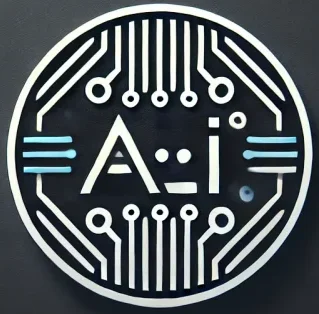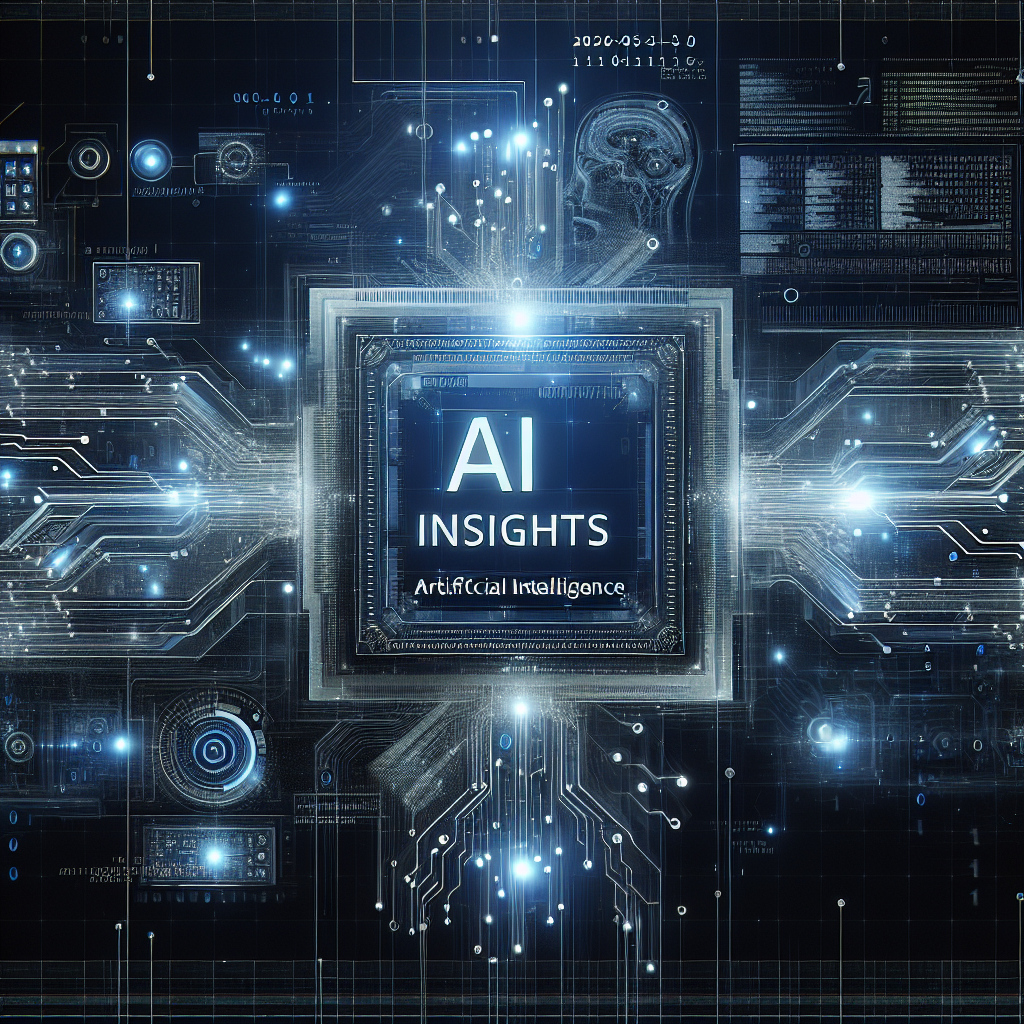### Exploring the Rise of Emotion AI: The Future of Human-Machine Interaction
**Meta Description:** Discover how Emotion AI is transforming interactions between humans and machines, enhancing customer experiences and personalization.
—
In the rapidly evolving world of technology, Artificial Intelligence (AI) continues to push the boundaries of what’s possible, reshaping various industries and aspects of daily life. One of the most intriguing emerging trends in this domain is Emotion AI, also known as affective computing. This innovative technology is poised to revolutionize the way we interact with machines, making these interactions more human-like by enabling machines to interpret and respond to human emotions.
### What is Emotion AI?
Emotion AI refers to the development of AI systems that can detect, analyze, and respond to human emotions. It combines advancements in machine learning, natural language processing, and biometrics to assess human sentiments using data gathered from facial expressions, voice intonations, and physiological signals.
### Why is Emotion AI Gaining Traction?
– **Enhanced Customer Interactions:** Businesses are leveraging Emotion AI to improve customer service interactions, making them more personalized and efficient.
– **Advancements in AI and Machine Learning:** Continuous improvements in AI technologies have made it possible to more accurately interpret human emotions.
– **Growing Emphasis on User Experience:** There’s an increasing focus on improving user satisfaction across digital platforms, making Emotion AI a valuable tool.
### Key Applications of Emotion AI
#### Improving Customer Service
Companies are integrating Emotion AI into customer service platforms to better understand and respond to customer needs and moods. This technology can:
– Detect frustration or satisfaction during interactions
– Tailor responses based on the customer’s emotional state
– Enhance resolution times and improve overall customer satisfaction
#### Enhancing Marketing Strategies
Marketers are using Emotion AI to gauge consumer reactions to advertisements, products, and services. This insight allows for:
– More effective targeting and personalization of marketing messages
– Adjustment of strategies in real-time based on audience emotions
– Improved understanding of consumer behavior patterns
#### Advancing Healthcare
In healthcare, Emotion AI is being used to support mental health treatments by monitoring patients’ emotional states, helping therapists better understand and treat their patients through:
– Continuous monitoring of emotional cues
– Providing real-time data to healthcare providers
– Enhancing patient engagement and therapy outcomes
### The Future of Emotion AI
The potential of Emotion AI is immense, with its ability to add a layer of emotional intelligence to machines. As we look to the future, we can expect:
– Broader adoption across more sectors including education, automotive, and public services
– More sophisticated algorithms capable of understanding complex emotional states
– Increased focus on ethical considerations and privacy concerns
As Emotion AI continues to develop, it promises to create more intuitive and empathetic interactions between humans and machines, enhancing the human experience across many facets of life.
### Conclusion
Emotion AI is not just a technological advancement; it is a paradigm shift in how we envision the future of human-machine interaction. As this technology matures, it will become a cornerstone in the quest for more personalized and understanding technology solutions.
**Interested in learning more about how AI is transforming the world?** Stay updated with the latest trends, insights, and analyses in AI by subscribing to our newsletter. Don’t miss out on the future—join us in exploring the cutting edge of technology.
🔥 Recommended AI Products 🔥
- Ray-Ban Meta Glasses, Wayfarer
- Apple MacBook Air 13″ M3
- AI Engineering: Building Apps with AI Models
- AI Translation Earbuds
- AI Smart Speaker with ChatGPT & Alexa

